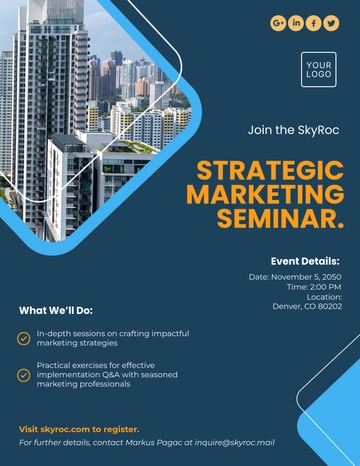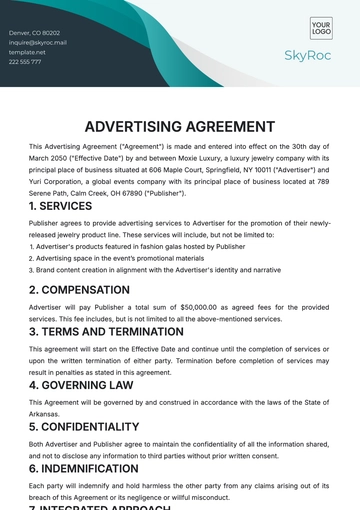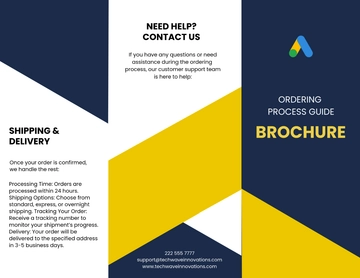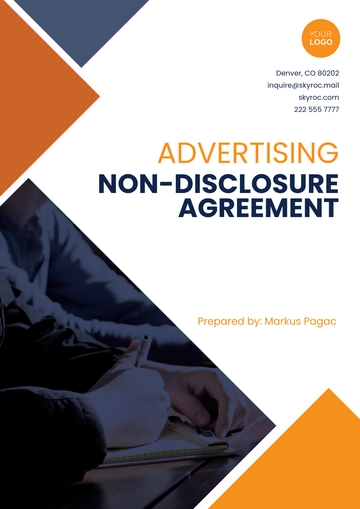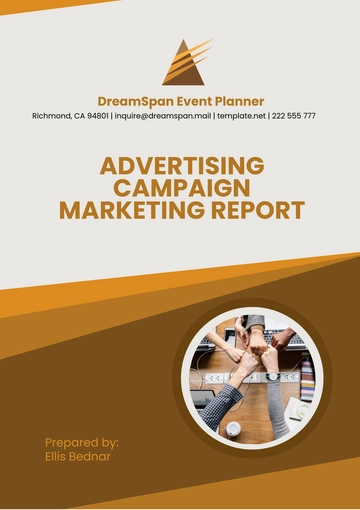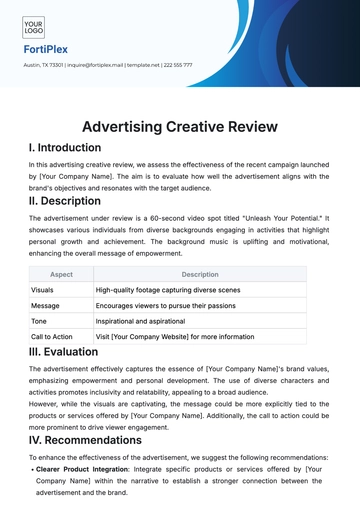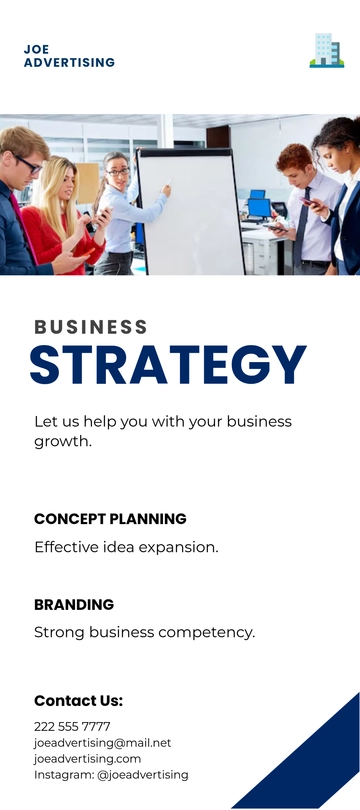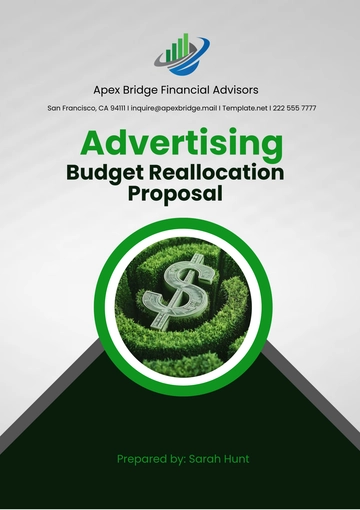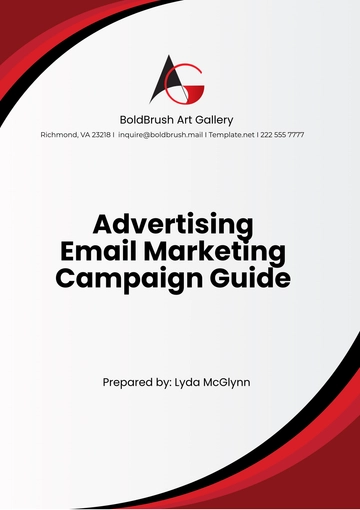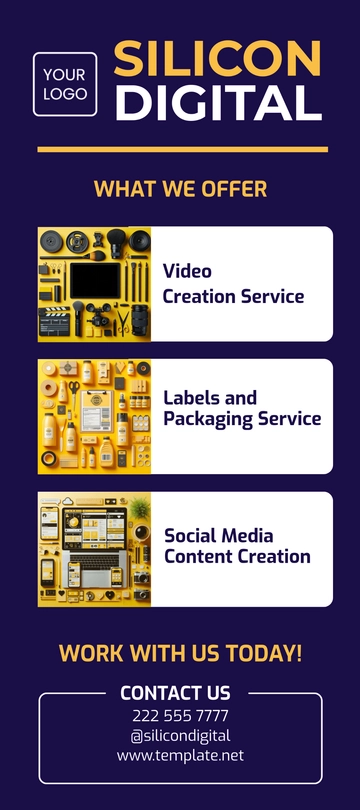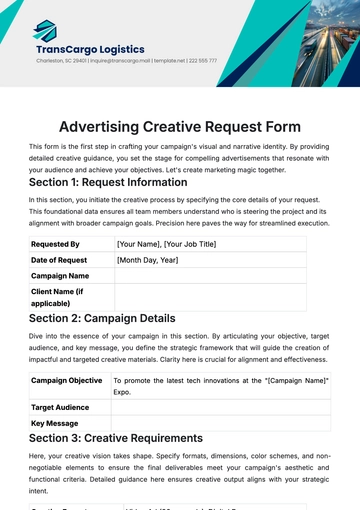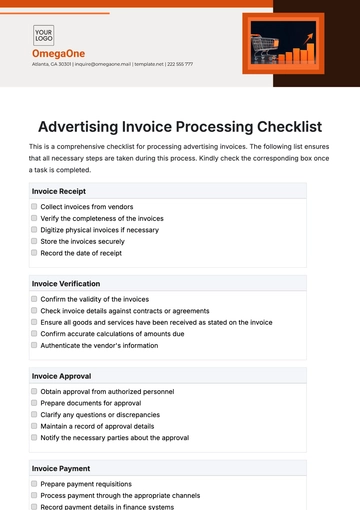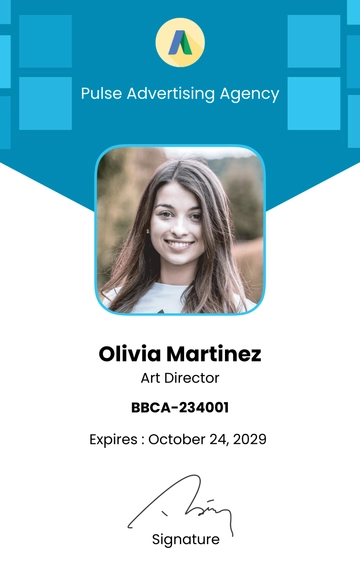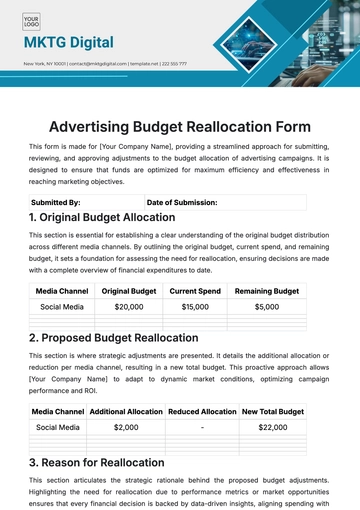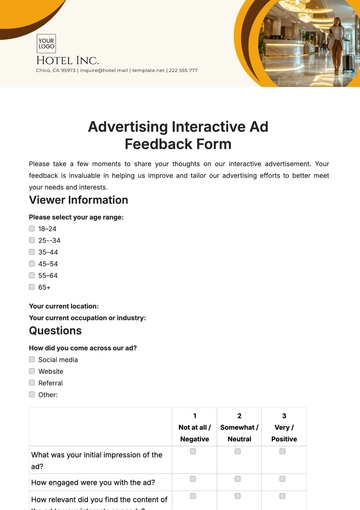Free Advertising Digital Campaign Effectiveness Study
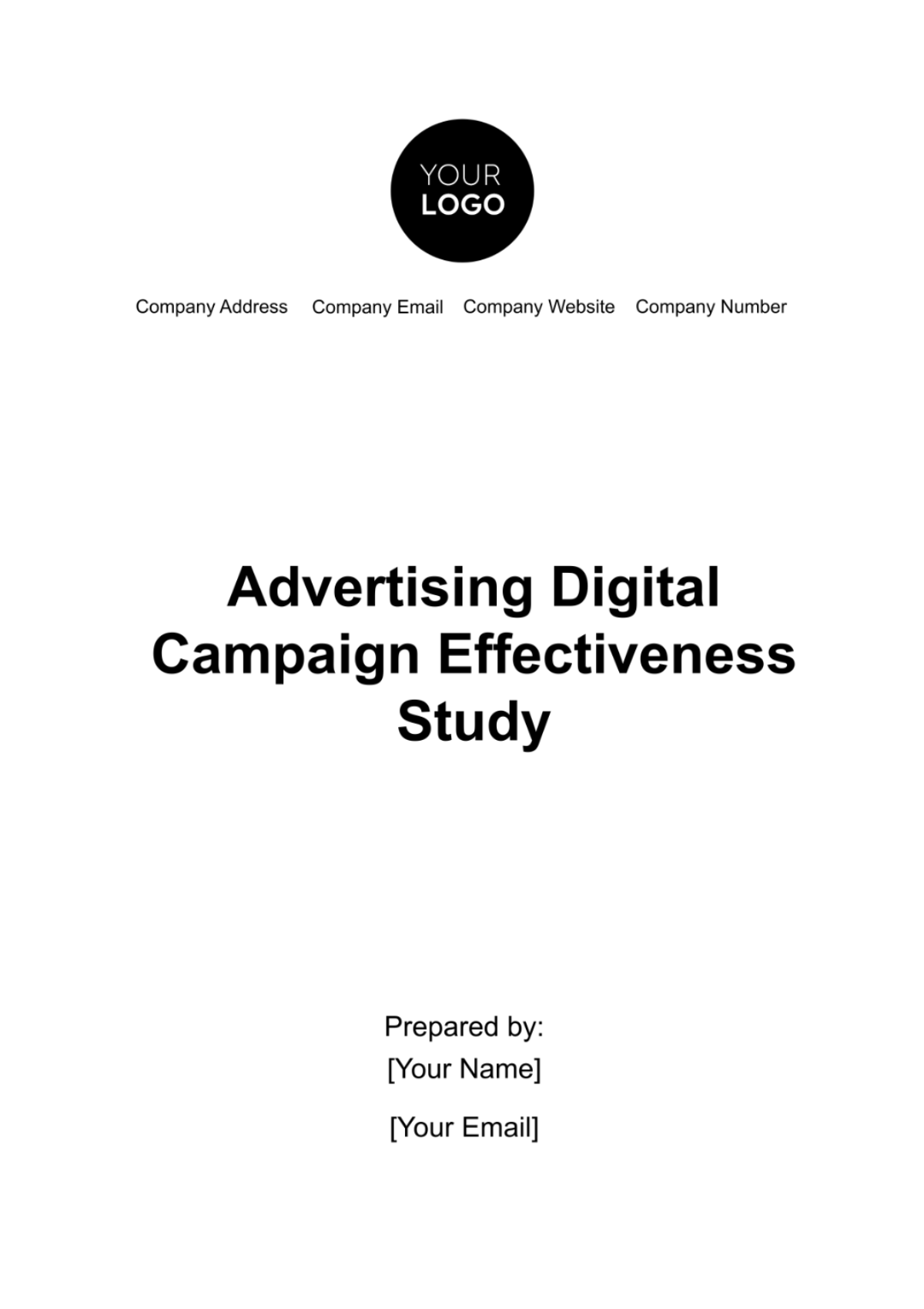
I. Executive Summary
This study provides a comprehensive evaluation of [Your Company Name]'s digital advertising campaign, designed to boost the market presence and sales of our sleeping aid products in [Year]. We assess the campaign's impact on brand awareness, customer engagement, and return on investment (ROI).
II. Campaign Overview
A. Objective
Our campaign aimed boldly to elevate [Your Company Name]'s market presence and increase sales by a remarkable [00]%. We designed a multifaceted strategy, focusing on leveraging advanced digital tools and platforms to reach our target audience effectively. This ambitious goal required an integrated approach, combining creative content, strategic placement, and continuous optimization to resonate with our consumers and drive measurable results.
B. Target Audience
We identified adults aged 30-60 experiencing sleep difficulties as our primary audience. This demographic was chosen based on extensive market research, which indicated a high prevalence of sleep issues within this age group. We have tailored our campaign's content and messaging to address the specific needs and preferences of this audience, ensuring relevance and engagement. By focusing on this group, we aimed to establish a strong connection, offering solutions that align closely with their challenges and lifestyles.
C. Platforms Used
To maximize reach and impact, we employed a diverse mix of digital platforms, including social media channels, search engines, and health & wellness websites. This strategic selection enabled us to engage with our audience across different touchpoints, enhancing brand visibility and message frequency. Social media platforms like HealthSpace, FutureBook, and InstaLife provided interactive and highly engaging environments. In contrast, search engines allow us to capture audience intent through targeted keyword strategies. Health and wellness websites offered a contextually relevant space to present our products, aligning with users’ interests in health and well-being.
D. Campaign Duration
Our campaign spanned six months, from [Month Day] to [Month Day, Year]. We have strategically chosen this duration to allow sufficient time for audience engagement and conversion, while also providing ample opportunity for data collection and analysis. The extended period enabled us to monitor trends, adjust tactics as needed, and optimize our approach in real time, ensuring the highest possible impact and ROI from our efforts. This timeframe also coincided with key seasonal factors that influence sleep patterns, making our campaign even more relevant to the target audience.
III. Digital Advertising Strategies
A. Social Media Marketing
Our social media strategy was a cornerstone of the campaign, leveraging platforms like HealthSpace, FutureBook, and InstaLife to engage with our audience. We crafted content that resonated deeply with individuals facing sleep issues, including a series of authentic testimonial videos and interactive sleep health quizzes. We have supplemented these efforts through targeted advertising, where we identified and reached out to users actively discussing sleep-related challenges. Our approach was not just about visibility but also about creating a community around our brand, fostering trust and relatability.
B. Search Engine Marketing (SEM)
We harnessed the power of search engines, understanding that many in our target audience turn to online searches for solutions to their sleep problems. By focusing on key phrases like "effective sleeping aid" and "natural sleep solutions," we positioned our brand prominently in search results. We have specially optimized our ads to appear more frequently during nighttime hours, targeting potential customers when their sleep-related concerns are most acute. This strategy ensured that our brand was visible at the crucial moments when people sought help.
C. Content Marketing
Recognizing the value of credible, informative content, we embarked on a robust content marketing strategy. This involved collaborations with well-known wellness influencers, who shared their personal experiences with our products, lending authenticity and relatability to our brand. Additionally, we contributed a series of informative articles on sleep health to popular wellness blogs. This approach not only drove traffic to our website but also positioned [Your Company Name] as a thought leader in the sleep health space.
D. Email Marketing
As an additional layer to our strategy, we implemented a targeted email marketing campaign. We curated a list of subscribers who are interested in sleep health and wellness and sent them personalized content, including tips for better sleep, product information, and exclusive offers. This direct communication channel allowed us to nurture leads, build long-term relationships with potential customers, and provide them with value beyond just our products.
IV. Performance Analysis
A. Engagement Metrics
The campaign's success was evident in the significant increase in our social media metrics, with a [00]% rise in followers and a [00]% increase in overall engagement rates. The SEM tactics resulted in a substantial [00]% click-through rate, placing us within the top 3 rankings for our primary keywords. Additionally, our content marketing efforts have rewarded us with a [00]% uptick in website traffic originating from our blog collaborations.
B. Sales Metrics
The direct impact on sales was equally impressive. Our online sales saw a remarkable [00]% increase, a testament to the effectiveness of our digital strategies. Moreover, sales through our retail partners experienced a healthy [00]% uplift, indicating the campaign's far-reaching influence.
C. Customer Retention Rates
Beyond attracting new customers, our campaign also focused on retaining existing ones. We measured customer retention through repeat purchases and engagement with post-purchase follow-ups. Our data showed a significant improvement in customer loyalty, with a [00]% increase in repeat purchases compared to the previous year. This indicates the campaign’s success not only in attracting new customers but also in keeping them engaged and satisfied with our brand and products.
V. Customer Feedback
We conducted a comprehensive survey targeting [0,000] customers who engaged with our campaign, to gather insights into its effectiveness from the consumer's perspective. The feedback was overwhelmingly positive and provided valuable insights for future campaigns.
A. Brand Recognition
A striking [00]% of respondents reported a heightened awareness of [Your Company Name] as a result of the campaign. This was a clear indication that our strategies for increasing brand visibility were successful, resonating well with the target audience.
B. Educational Impact
Around [00]% of the surveyed individuals felt that they were more informed about sleep health issues after interacting with our campaign content. This reflects the success of our content marketing strategy, particularly the informational articles and influencer partnerships, in educating the audience about sleep health and the benefits of our products.
C. Purchase Influence
Approximately [00]% of respondents stated that their decision to purchase our product was influenced by the campaign. This high conversion rate underscores the effectiveness of our integrated digital marketing strategies in driving sales.
D. Customer Satisfaction
In addition to the initial survey questions, we also gauged customer satisfaction with our products and the overall campaign experience. The feedback here was crucial, as it provided insights into customer expectations and areas for improvement. The majority of customers expressed high satisfaction, citing the quality of our products and the relevance of the campaign content as key factors.
E. Recommendation Likelihood
An important aspect of customer feedback was the likelihood of customers recommending our products to others. This measure of customer advocacy is critical for organic growth and brand trust. We found that a significant portion of our customers were willing to recommend [Your Company Name] to their peers, indicating strong trust and approval of our brand and products.
VI. ROI Analysis
Table 1. List of Investment and Revenue Metrics
Investment & Revenue Metrics | Amount ($) | Description |
Total Campaign Investment | $500,000 | This represents the cumulative cost of the entire digital advertising campaign, encompassing social media, SEM, content marketing, and email marketing efforts. |
Total Revenue Generated | $[0,000,000] | This is the total revenue generated as a direct result of the campaign. It includes online sales, retail partner sales, and any additional revenue streams influenced by the campaign. |
Return on Investment (ROI) | [00]% | We have calculated the ROI by comparing the total revenue we have generated against the total investment. An ROI of [00]% indicates that for every dollar spent on the campaign, [Your Company Name] gained $[00] in return, signifying a highly successful campaign. |
A. Total Campaign Investment
The investment of $[000,000] encompassed the entire scope of the digital advertising campaign. This figure includes costs associated with creative development, media buying, and execution across all chosen digital platforms such as social media, search engines, and content marketing channels. It also covers expenses related to our targeted email marketing efforts and influencer partnerships. We have meticulously planned and allocated this investment, ensuring that we have optimized each dollar spent for maximum impact. We strategically distributed the budget across various channels to achieve a broad yet targeted reach, ensuring that every aspect of the campaign contributed effectively towards our overarching goals.
B. Total Revenue Generated
The campaign's success in generating a total revenue of $[0,000,000] significantly exceeded initial projections. This impressive figure is a testament to the campaign's effectiveness in driving sales and enhancing brand value. The revenue includes not only direct online sales but also an increase in purchases through our retail partners, reflecting the campaign's expansive reach and impact. The integration of different marketing tactics, such as persuasive call-to-action in our content, targeted advertisements, and personalized email marketing, played a crucial role in converting audience engagement into tangible sales. The revenue figure also suggests a strong acceptance and preference for our products among the target demographic, positioning [Your Company Name] as a preferred choice in the sleeping aid market.
C. Return on Investment (ROI)
Achieving an ROI of [00]% stands as a remarkable accomplishment for [Your Company Name]'s digital campaign. This metric illustrates not just the campaign's profitability, but also its efficiency in utilizing the allocated budget to generate substantial returns. An ROI of this magnitude indicates that for every dollar spent, the campaign yielded $[0] in revenue, a clear indicator of the campaign's financial success.
VII. Lessons Learned and Recommendations
A. Social Media Insights
Video content yielded high engagement.
Recommendation: Augment investment in video content.
B. SEM Discoveries
Peak click-through rates during night hours.
Recommendation: Increase budget allocation for nighttime ads.
C. Content Marketing Observations
Strong results from influencer engagements.
Recommendation: Expand the influencer network and diversify content.
VIII. Conclusion
The [Year] digital advertising campaign of [Your Company Name] markedly increased brand visibility and accelerated sales growth. Through tailored strategies across diverse digital platforms, the campaign surpassed its goals, establishing a new standard for future advertising endeavors in the sleeping aid sector.
- 100% Customizable, free editor
- Access 1 Million+ Templates, photo’s & graphics
- Download or share as a template
- Click and replace photos, graphics, text, backgrounds
- Resize, crop, AI write & more
- Access advanced editor
Maximize your digital campaign effectiveness with Template.net's Advertising Digital Campaign Effectiveness Study Template. This editable and customizable resource, powered by our AI Editor Tool, facilitates comprehensive analysis. Evaluate campaign performance, identify key metrics, and refine strategies for optimal results. Stay ahead in the digital advertising landscape with our innovative solutions.
